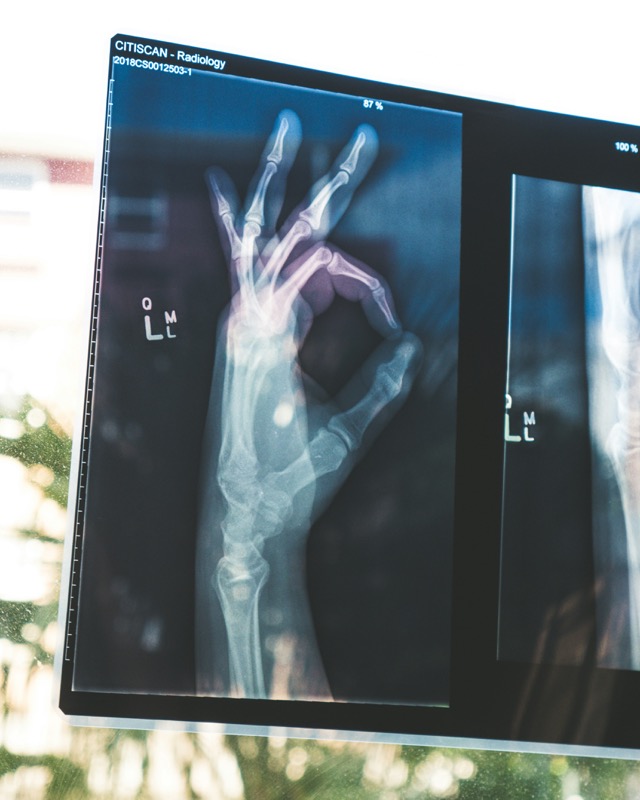
Streamlining Documentation in Collaborative Practices
In healthcare settings, documentation is more than a requirement—it’s a cornerstone of effective practice management, patient care, and interdisciplinary collaboration. Whether in a medical office or mental health practice, streamlined […]
In healthcare settings, documentation is more than a requirement—it’s a cornerstone of effective practice management, patient care, and interdisciplinary collaboration. Whether in a medical office or mental health practice, streamlined documentation ensures clinicians can focus on providing high-quality care while maintaining efficiency and compliance. This guide explores the importance of streamlined documentation, common challenges in collaborative practices, and strategies to enhance workflows, culminating in actionable steps for immediate implementation.
The Importance of Effective Documentation
1. Enhancing Patient Care
Streamlined documentation improves the quality of patient care by:
- Facilitating Collaboration: Ensuring all team members have access to accurate, up-to-date patient records supports informed decision-making and seamless care transitions.
- Reducing Errors: Clear and consistent documentation minimizes misunderstandings and errors, improving patient outcomes.
2. Legal and Regulatory Compliance
Adherence to legal and regulatory standards, such as HIPAA in the U.S., is non-negotiable. Proper documentation practices ensure:
- Data Accuracy: Records meet compliance standards, protecting both patients and providers.
- Security: Sensitive information is safeguarded through robust documentation protocols.
3. Efficiency and Workflow Optimization
Streamlined documentation reduces redundancies and clarifies team roles, leading to:
- Faster patient processing times.
- Reduced clinician workload.
- Enhanced overall service delivery.
4. Facilitating Research and Quality Improvement
Detailed documentation supports:
- Tracking Trends: Identifying patterns in patient outcomes.
- Advancing Research: Providing data for studies and evidence-based improvements.
- Quality Initiatives: Demonstrating the impact of new interventions or protocols.
Common Documentation Challenges in Collaborative Practices
1. Fragmented Information Systems
Many practices use multiple non-integrated platforms, creating data silos that complicate information retrieval and sharing.
2. Time Constraints
High caseloads often force clinicians to rush through documentation, leading to incomplete or inaccurate records.
3. Interprofessional Miscommunication
Variations in documentation styles and terminology across disciplines can hinder clear communication and continuity of care.
4. Resistance to Change
Established habits and a lack of training can make adopting new documentation systems and practices challenging.
Strategies for Streamlining Documentation
1. Implementing Integrated Digital Platforms
Transitioning to interoperable Electronic Health Record (EHR) systems offers:
- Centralized Data Access: Reducing fragmentation.
- Ease of Use: User-friendly interfaces for efficient data entry and retrieval.
- Enhanced Collaboration: Real-time sharing of patient information.
2. Standardizing Documentation Processes
Creating standardized templates and workflows helps:
- Ensure consistency across team members.
- Meet regulatory compliance requirements.
- Reduce time spent on redundant data entry.
3. Automating Routine Tasks
Leverage technology to automate repetitive tasks, such as:
- Voice Recognition Software: Streamlines data entry.
- AI-Assisted Tools: Reduces errors in documentation.
- Appointment Reminders: Saves administrative time.
4. Enhancing Interprofessional Communication
- Regular Meetings: Hold interdisciplinary case conferences to align practices.
- Shared Terminology: Develop a common glossary to standardize language.
- Collaborative Platforms: Use shared systems for real-time updates and communication.
5. Continuous Training and Support
- Offer Onboarding Programs: Focus on technical and efficiency skills for new documentation systems.
- Schedule Ongoing Training: Update staff on best practices and system enhancements.
- Provide Technical Support: Ensure staff can address issues quickly and confidently.
Actionable Steps for Clinicians
- Assess Current Documentation Practices:
- Identify inefficiencies, bottlenecks, and areas for improvement.
- Adopt an Interoperable EHR System:
- Choose a platform that integrates with existing tools and supports seamless data sharing.
- Develop Standardized Templates:
- Tailor templates to fit the needs of your practice while ensuring compliance.
- Automate Where Possible:
- Implement tools like voice recognition and automated scheduling systems to save time and reduce errors.
- Promote Team Communication:
- Schedule regular interdisciplinary meetings and establish shared documentation protocols.
- Provide Ongoing Training:
- Invest in staff development to ensure proficiency with new systems and maintain high documentation standards.
Main Takeaways
- Effective documentation is essential for enhancing patient care, improving workflows, and maintaining compliance.
- Common challenges like fragmented systems and interprofessional miscommunication can be overcome with integrated platforms, standardization, and automation.
- Regular training and fostering collaboration are critical to sustaining streamlined documentation practices.
By prioritizing streamlined documentation, clinicians can optimize practice operations, improve patient outcomes, and create a more efficient and collaborative healthcare environment.
Photo by Owen Beard on Unsplash
Written by AI & Reviewed by Clinical Psychologist: Yoendry Torres, Psy.D.
Disclaimer: Please note that some blog posts may contain affiliate links, and Sana Network will earn a commission if you purchase through those links at no additional cost to you. We use all of the products listed and recommend them because they are companies or products that I have found helpful and trustworthy. Our website is supported by our users. The content provided on this website is for informational purposes only and is not intended as medical advice. Please consult your own healthcare provider for advice tailored to your individual health needs.
